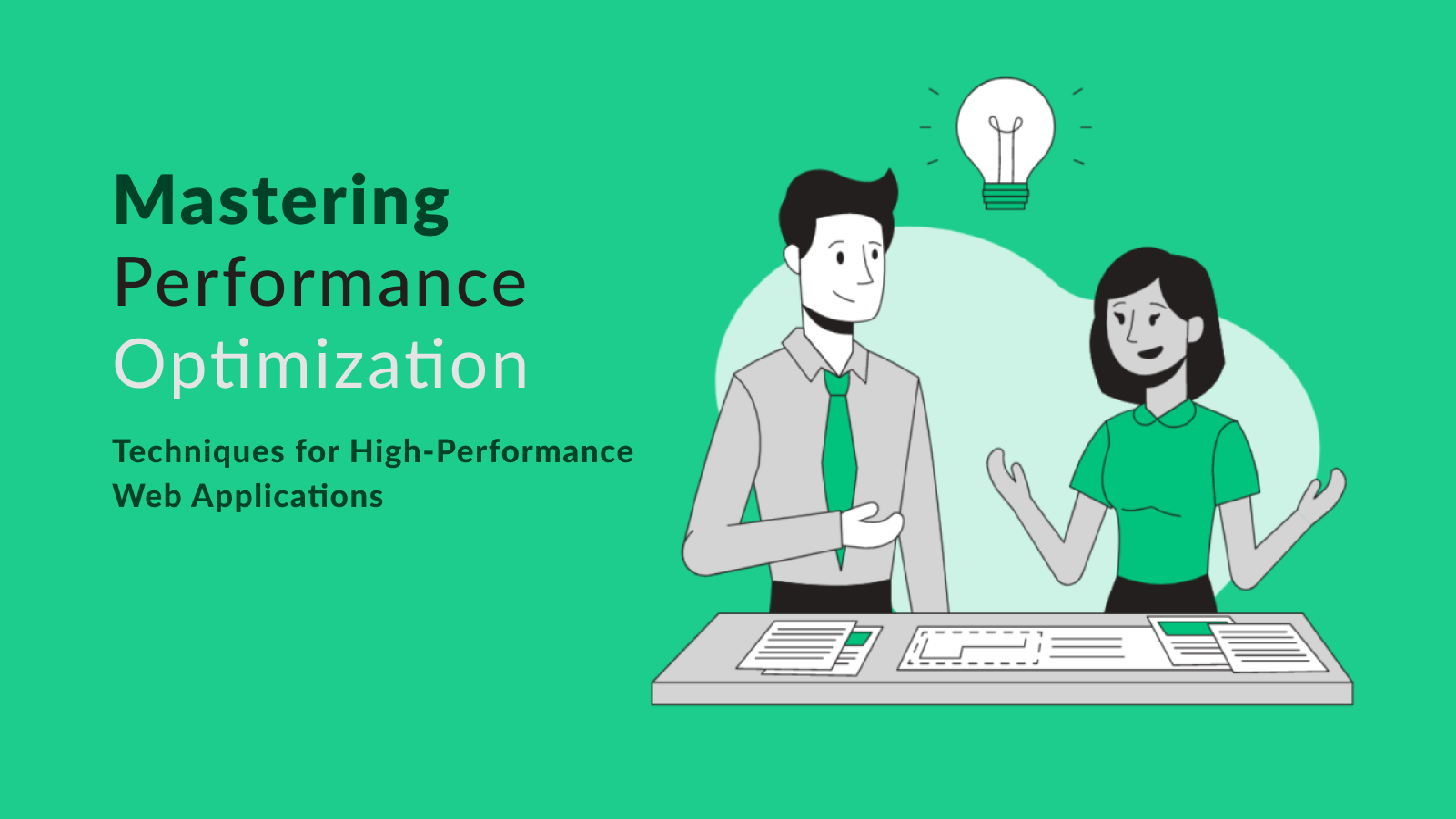Pulse of Information
Your source for the latest insights and updates.
Speed Demons: How to Make Your Website Fly
Unleash your website's potential! Discover expert tips to boost speed and leave competitors in the dust. Get ready to fly!
Top 10 Tips to Boost Your Website's Loading Speed
In today's fast-paced digital world, a slow-loading website can lead to high bounce rates and loss of potential customers. Here are the top 10 tips to boost your website's loading speed and improve user experience:
- Optimize Images: Make sure to compress and resize images without sacrificing quality. This will significantly reduce loading time.
- Minimize HTTP Requests: Reduce the number of elements on your page, such as scripts and images, to minimize the number of HTTP requests.
- Use Browser Caching: Leverage browser caching to store some data on users' browsers, allowing them to load pages faster on return visits.
- Prioritize Above-the-Fold Content: Load critical content first to enhance perceived speed, keeping users engaged while the rest of the page loads.
Implementing these strategies can lead to instant improvements. Here are six more tips to further enhance your site's performance:
- Reduce Server Response Time: Select a reliable hosting service and optimize your server settings to reduce latency.
- Minify CSS and JavaScript: Eliminate unnecessary characters from your code to improve load times without affecting functionality.
- Use a Content Delivery Network (CDN): Distribute content across various servers around the world to decrease loading times for users far from your primary server.
- Enable Compression: Use Gzip compression to reduce the size of your files, allowing your website to load faster.
- Remove Unnecessary Plugins: Deactivate and delete any plugins that slow down your site.
- Monitor Your Site's Performance: Regularly check your website speed using tools like Google PageSpeed Insights to identify improvement areas.

Is Your Website Slowing You Down? Common Speed Issues and Solutions
In today's fast-paced digital world, website speed plays a crucial role in user experience and SEO rankings. If your website is slowing you down, it could be due to a variety of factors, including large image sizes, excessive HTTP requests, and poorly optimized code. According to studies, a one-second delay in page load time can lead to a 7% reduction in conversions. Thus, it’s essential to identify and address these common speed issues promptly.
To enhance your website's speed, consider implementing the following solutions:
- Optimize Images: Compress images before uploading them to reduce their size without sacrificing quality.
- Minimize HTTP Requests: Limit the number of elements on your page to decrease the total loading time.
- Leverage Browser Caching: Set up caching to store frequently accessed resources and speed up future visits.
- Use a Content Delivery Network (CDN): Distribute your content across various servers globally to reduce latency.
The Ultimate Guide to Website Optimization: Techniques for a Lightning-Fast Site
In the competitive digital landscape, website optimization is paramount for ensuring a lightning-fast site that enhances user experience and boosts search engine rankings. One of the fundamental techniques for optimization involves minimizing HTTP requests. This can be achieved by reducing the number of images and scripts on your pages. Additionally, employing caching techniques can significantly improve load times by storing frequently accessed data, thus allowing users to access your site quicker. Furthermore, utilizing tools like content delivery networks (CDNs) can distribute your site’s content across various global servers, enabling faster data retrieval for visitors from different locations.
Another crucial aspect of your website optimization strategy should involve image optimization. Images often make up a large portion of a webpage's load time, so it’s important to ensure that they are appropriately sized and compressed without sacrificing quality. Use formats like WebP or JPEG and incorporate responsive design techniques to serve different image sizes based on the user's device. Additionally, consider implementing lazy loading for your images, which defers off-screen images from loading until they are in the viewport. By adopting these strategies, you not only enhance your site’s loading speed but also improve user engagement and retention.